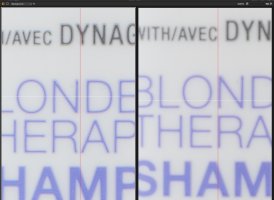You have now twice made references to your photo - which I have not commented on at all. I'm sure its a great macro shot and it looks good too.I’m not saying it isn’t a problem for some people with some lenses, only that I haven’t experienced the problem. There are, however, myriad things that can go wrong when photographing skittish arthropods in vivo and in situ.
Upvote
0


